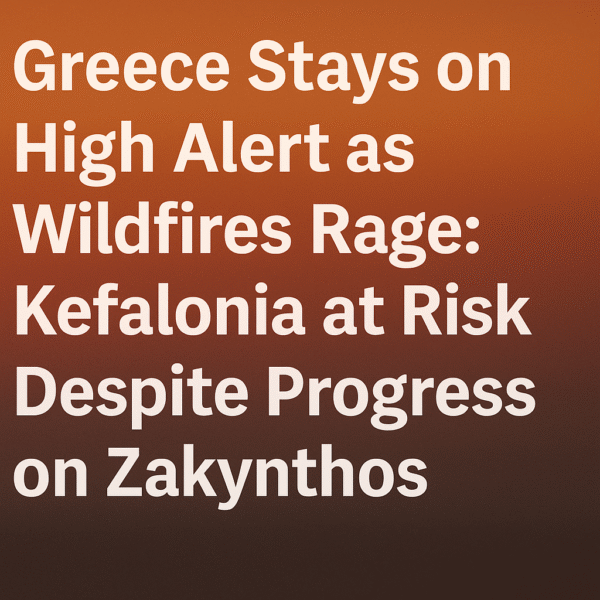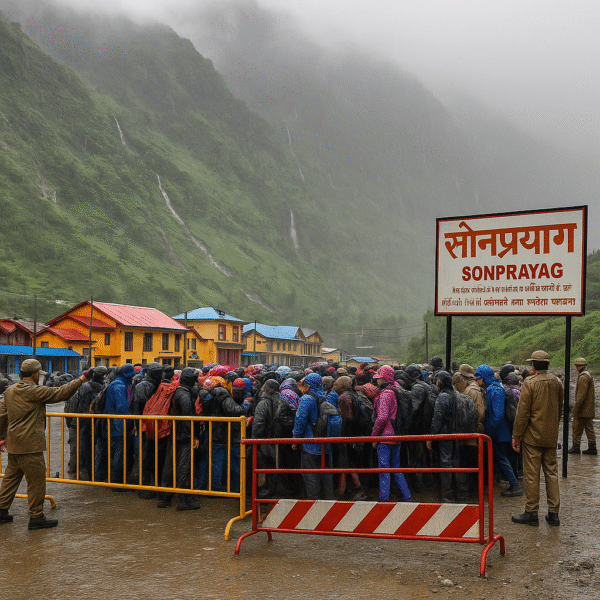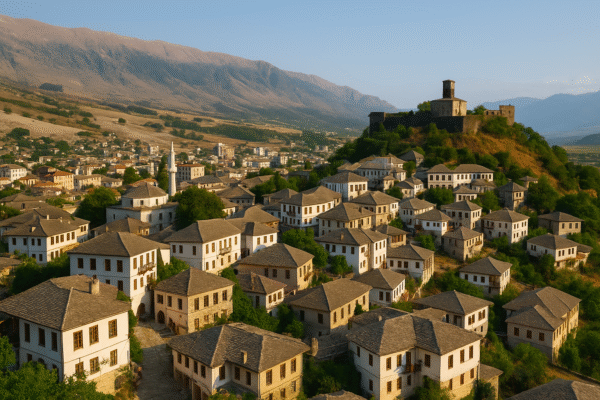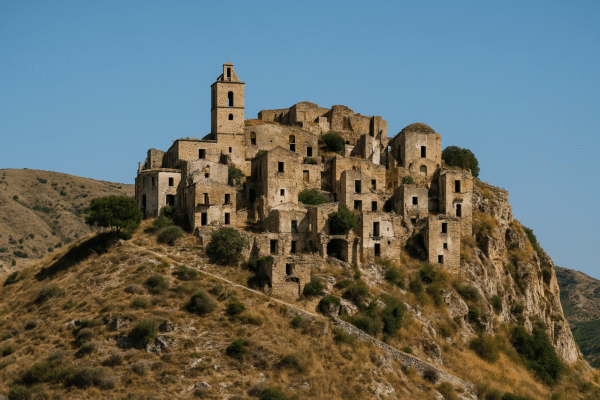Travel off the beaten path and step into the past at Europe’s most evocative abandoned villages. In Italy, Croatia, England, and Greece, a quartet of deserted settlements offers haunting beauty, stirring stories of resilience, and private windows into bygone eras. Visiting these silent places not only awakens historical curiosity but also supports sustainable, low-impact tourism—a growing trend across the continent.
Craco, Italy — A Medieval Village Frozen in Time
Perched on a hillside in southern Italy’s Basilicata region, Craco traces its origins back to the 6th century BC, founded by ancient Greek settlers. Centuries of growth led to a fortified medieval settlement, but a sequence of natural disasters—landslides in the 1960s, floods in the 1970s, and a 1980 earthquake—forced most residents to flee by the 1980s. Today, the presence of crumbling stone towers, churches, and homes evoke a cinematic eeriness—it has appeared in films like The Passion of the Christ and Quantum of Solace.
Now accessible via guided walking tours launched in the mid-2010s, Craco invites visitors to wander through narrow alleys and abandoned piazzas, learning centuries-old stories in the company of regional historians. Organized by the Basilicata Region’s tourism board, these eco-conscious visits blend preservation with storytelling.
(References: Regional tourism portals and UNESCO heritage promotion materials)
Humac, Hvar Island — A Rustic Pause Amid the Adriatic Nature
On Croatia’s Hvar Island, the preserved abandoned village of Humac offers a bucolic escape set to the gentle rhythm of the Adriatic. Once a seasonal farming community, its stone-built houses, chapel, and distillery remain in remarkably good shape.
Visitors can explore at ease—guided tours through the Hvar Tourist Board include artisan craft demonstrations and tastings. The village’s quiet atmosphere and surrounding nature make it feel “paused in time, not abandoned.”
(Sources: Hvar regional tourism office and cultural conservation bulletins)
Tyneham, England — Echoes of War in Rural Dorset
In the English county of Dorset, Tyneham stands frozen in 1943—the year British authorities requisitioned the village for military training during World War II and never returned it to its civilian inhabitants. The village—its ruined school, church, and cottages—now serves as a poignant memorial, maintained by the National Trust.
Open seasonally, Tyneham provides interpretive panels and audio guides that share daily life during its last inhabited days. The well-preserved desolation offers a deeply moving reflection on conflict, community loss, and memory.
(Sources: National Trust publications and UK wartime heritage registries)
Sfendyli, Crete — Greece’s “Atlantis” Beneath the Water
On Crete, the partially submerged village of Sfendyli emerges like a ghost from the sea when reservoir water levels drop. Abandoned in the early 2000s due to the creation of the Aposelemis Dam, Sfendyli’s stone church and dwellings resurface during dry spells, earning it the nickname “Crete’s Atlantis.”
Visitors traveling via Heraklion or Agios Nikolaos can arrange day trips through local tour operators. These immersive visits reveal an eerie beauty and a reminder of how infrastructure changes can reshape history.
(Sources: Municipal Crete tourism boards and environmental studies on cultural impact)
Visiting Europe’s Vanished Villages: What Travelers Need to Know
| Village | Why Visit | Best Experience Tip |
|---|---|---|
| Craco | Medieval elegance, cinematic appeal | Book via Basilicata’s sustainable tour operators |
| Humac | Adriatic serenity, rural authenticity | Combine with local craft and culinary experiences |
| Tyneham | War legacy, preserved memory | Visit during open months for rich storytelling |
| Sfendyli | Surreal half-submerged architecture | Contact Crete tour operators for water-level updates |
Travel Logistics & Sustainability:
- Craco — accessible from Matera or Potenza; guided walking only
- Humac — reached by ferry from Stari Grad; easy hiking
- Tyneham — visits from Swanage or Wareham, open spring–autumn
- Sfendyli — day-trip from Heraklion / Agios Nikolaos, requires partner local guides
Stay updated via official tourism websites—Basilicata Region, Hvar Tourist Board, National Trust, and Crete’s regional portal—for local schedules and conservation updates.
Final Thoughts: Why These Villages Speak to Modern Travelers
In a world increasingly dominated by highly curated travel experiences, these abandoned villages reconnect visitors with raw human history and authentic storytelling. They offer respectful exploration, cultural reflection, and thoughtful tourism that preserves rather than eradicates memory.
For trailblazers in experiential or sustainable tourism, or for curious travelers craving stories beyond guidebook pages, Craco, Humac, Tyneham, and Sfendyli offer emotional resonance and visual impact. They are not just destinations—but chapters in Europe’s living heritage, waiting to be discovered.
For more travel news like this, keep reading Global Travel Wire



















